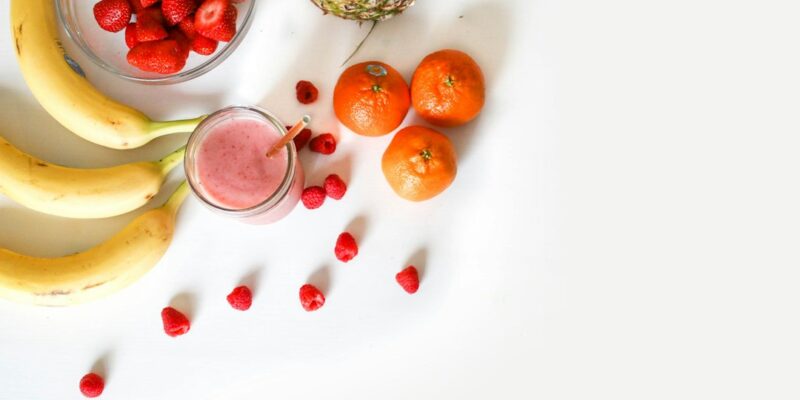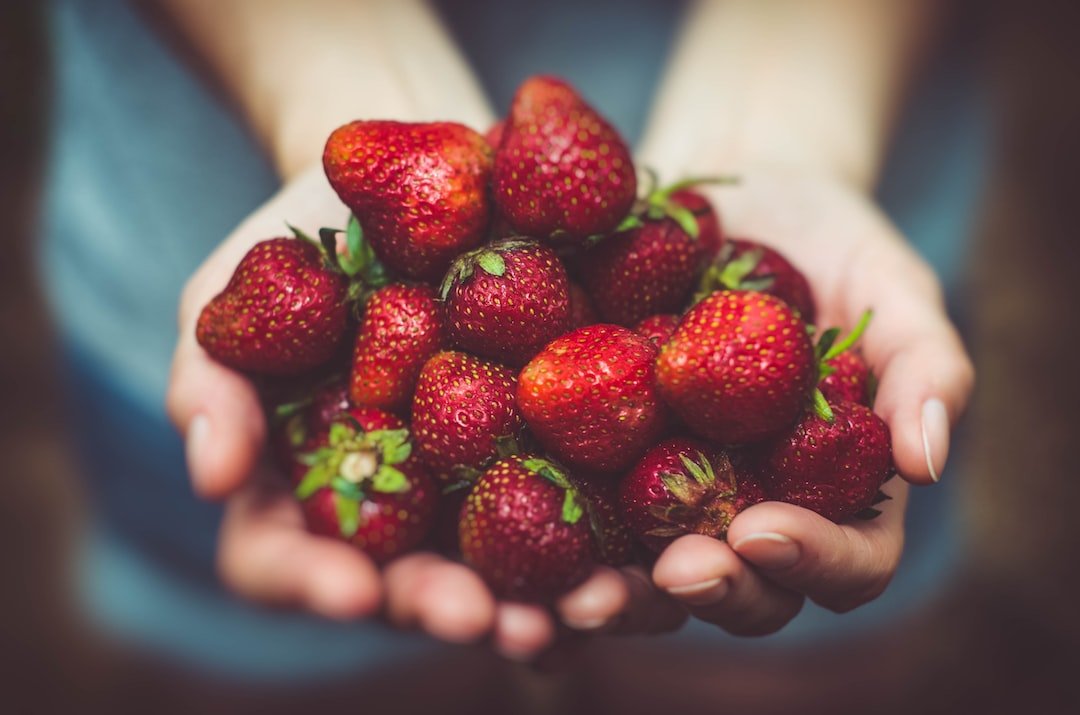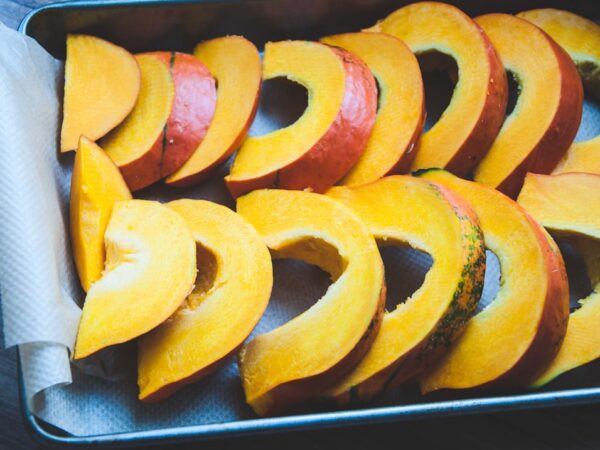
Controlling Hypertension with Proper Nutrition: A Guide to a Healthier Lifestyle
Hypertension, or high blood pressure, is a common health condition that affects a significant portion of the population. According to the World Health Organization, hypertension is estimated to affect around 1.13 billion people worldwide. It is a major risk factor for cardiovascular diseases such as heart attacks and strokes. While there are various factors that contribute to hypertension, nutrition plays a crucial role in its control. A balanced diet that is rich in key nutrients can help manage blood pressure levels and reduce the risks associated with hypertension.
Key Takeaways
- Hypertension is a common condition that affects many people worldwide.
- Nutrition plays a crucial role in controlling hypertension, and the DASH diet is a proven fighter against it.
- Key nutrients for hypertension control include potassium, magnesium, and fiber.
- Foods to avoid for hypertension control include processed foods, high-sodium foods, and sugary drinks.
- Lifestyle changes such as regular exercise, stress management, and quitting smoking can also help control hypertension.
Understanding Hypertension
Hypertension is defined as having consistently high blood pressure levels. Blood pressure is the force exerted by the blood against the walls of the arteries as the heart pumps it around the body. When this pressure is consistently high, it puts strain on the arteries and organs, increasing the risk of cardiovascular diseases. There are two types of hypertension: primary (essential) hypertension and secondary hypertension. Primary hypertension has no identifiable cause and is often related to lifestyle factors such as diet, exercise, and stress. Secondary hypertension, on the other hand, is caused by an underlying health condition such as kidney disease or hormonal disorders.
The risks associated with hypertension are numerous and serious. High blood pressure can damage blood vessels and organs over time, leading to complications such as heart disease, stroke, kidney disease, and vision loss. It can also increase the risk of developing other health conditions such as diabetes and metabolic syndrome. Hypertension is often referred to as a “silent killer” because it usually has no symptoms until it reaches an advanced stage. Regular blood pressure monitoring and adopting a healthy lifestyle are essential for preventing and managing hypertension.
The Role of Nutrition in Hypertension Control
Nutrition plays a crucial role in controlling hypertension. A healthy diet can help manage blood pressure levels and reduce the risks associated with hypertension. The Dietary Approaches to Stop Hypertension (DASH) diet is a well-known eating plan that has been proven to be effective in lowering blood pressure. It emphasizes consuming fruits, vegetables, whole grains, lean proteins, and low-fat dairy products while limiting sodium, saturated fats, and added sugars.
A balanced diet is important for hypertension control because it provides the body with the necessary nutrients to maintain optimal health. Certain nutrients have been found to have a positive impact on blood pressure levels. For example, potassium helps relax blood vessel walls, which can lower blood pressure. Magnesium plays a role in regulating blood pressure by relaxing blood vessels and reducing inflammation. Fiber helps lower blood pressure by reducing cholesterol levels and promoting healthy digestion. By incorporating these nutrients into the diet, individuals can help manage their blood pressure levels and reduce the risks associated with hypertension.
The DASH Diet: A Proven Hypertension Fighter
| Metrics | Results |
|---|---|
| Reduction in Blood Pressure | 11 mm Hg systolic and 5.5 mm Hg diastolic |
| Weight Loss | Up to 2 pounds per week |
| Lowered Risk of Heart Disease | Up to 18% lower risk |
| Lowered Risk of Stroke | Up to 24% lower risk |
| Lowered Risk of Diabetes | Up to 28% lower risk |
| Improved Cholesterol Levels | Lowered LDL cholesterol by up to 16 mg/dL |
| Improved Insulin Sensitivity | Up to 30% improvement |
The DASH diet is a proven eating plan that has been shown to effectively lower blood pressure. It is rich in fruits, vegetables, whole grains, lean proteins, and low-fat dairy products. The DASH diet also emphasizes reducing sodium intake, as high sodium levels can contribute to high blood pressure. Studies have shown that following the DASH diet can lead to significant reductions in blood pressure levels.
The key components of the DASH diet include:
1. Fruits and vegetables: Aim for 4-5 servings of fruits and 4-5 servings of vegetables per day. These should be fresh or frozen rather than canned, as canned options often contain added sodium.
2. Whole grains: Choose whole grain options such as brown rice, quinoa, whole wheat bread, and whole grain pasta. These are higher in fiber and nutrients compared to refined grains.
3. Lean proteins: Opt for lean sources of protein such as skinless poultry, fish, beans, lentils, and tofu. Limit red meat consumption and choose lean cuts when consumed.
4. Low-fat dairy products: Choose low-fat or fat-free options for milk, yogurt, and cheese. These provide essential nutrients without the added saturated fats.
5. Limit sodium intake: Aim to consume no more than 2,300 milligrams of sodium per day. This can be achieved by reducing the consumption of processed foods, canned soups, and high-sodium condiments.
By following the DASH diet, individuals can effectively manage their blood pressure levels and reduce the risks associated with hypertension.
Key Nutrients for Hypertension Control
Certain nutrients play a crucial role in hypertension control. Potassium, magnesium, and fiber are particularly important for maintaining healthy blood pressure levels.
Potassium helps relax blood vessel walls, which can lower blood pressure. It also helps balance sodium levels in the body, as high sodium intake is a known risk factor for hypertension. Foods that are rich in potassium include bananas, oranges, spinach, sweet potatoes, and avocados.
Magnesium plays a role in regulating blood pressure by relaxing blood vessels and reducing inflammation. It also helps maintain healthy heart rhythm and muscle function. Foods that are rich in magnesium include leafy green vegetables, nuts and seeds, whole grains, and legumes.
Fiber helps lower blood pressure by reducing cholesterol levels and promoting healthy digestion. It also helps control blood sugar levels and maintain a healthy weight. Foods that are rich in fiber include fruits, vegetables, whole grains, legumes, and nuts.
By incorporating these key nutrients into the diet, individuals can help manage their blood pressure levels and reduce the risks associated with hypertension.
Foods to Avoid for Hypertension Control

In addition to incorporating key nutrients into the diet, it is important to avoid or limit certain foods that can contribute to high blood pressure. Processed foods, high-sodium foods, and saturated fats should be avoided or limited in a hypertension-friendly diet.
Processed foods are often high in sodium, added sugars, and unhealthy fats. These can contribute to high blood pressure and increase the risk of cardiovascular diseases. Examples of processed foods to avoid include packaged snacks, fast food, frozen meals, and sugary drinks.
High-sodium foods can cause water retention and increase blood pressure levels. It is important to read food labels and choose low-sodium options whenever possible. Foods that are typically high in sodium include canned soups, processed meats, salty snacks, and condiments such as soy sauce and ketchup.
Saturated fats can raise cholesterol levels and increase the risk of heart disease. It is important to choose lean sources of protein and limit the consumption of high-fat dairy products and fatty cuts of meat. Instead, opt for lean proteins such as skinless poultry, fish, beans, lentils, and tofu.
By avoiding or limiting these foods, individuals can help manage their blood pressure levels and reduce the risks associated with hypertension.
Meal Planning for Hypertension Control
Meal planning is an effective strategy for hypertension control. By planning meals in advance, individuals can ensure that they are consuming a balanced diet that is rich in key nutrients and low in sodium and saturated fats.
When meal planning for hypertension control, it is important to incorporate more fruits and vegetables into the diet. These should be the foundation of each meal, providing essential vitamins, minerals, and fiber. Aim for a variety of colors to ensure a wide range of nutrients.
Choosing lean proteins is also important for hypertension control. Opt for skinless poultry, fish, beans, lentils, and tofu as sources of protein. These options are lower in saturated fats compared to red meat.
Cooking at home more often is another important aspect of meal planning for hypertension control. By preparing meals at home, individuals have more control over the ingredients used and can reduce the consumption of processed foods and high-sodium condiments.
Here are some examples of meal plans for hypertension control:
– Breakfast: Oatmeal topped with fresh berries and a sprinkle of nuts. A side of Greek yogurt with a drizzle of honey.
– Lunch: Grilled chicken salad with mixed greens, cherry tomatoes, cucumber, and avocado. Dressing made with olive oil, lemon juice, and herbs.
– Snack: Carrot sticks with hummus.
– Dinner: Baked salmon with roasted vegetables (such as broccoli, bell peppers, and sweet potatoes) and quinoa.
– Dessert: Fresh fruit salad.
By following a meal plan that is rich in fruits, vegetables, lean proteins, and whole grains, individuals can effectively manage their blood pressure levels and reduce the risks associated with hypertension.
Tips for Eating Out with Hypertension
Eating out can be challenging when trying to maintain a hypertension-friendly diet. However, with some planning and smart choices, it is possible to enjoy a meal out while still managing blood pressure levels.
When eating out, it is important to choose grilled or baked options instead of fried foods. Grilled or baked meats and fish are lower in saturated fats compared to fried options. It is also important to ask for dressings and sauces on the side, as these can be high in sodium and unhealthy fats. By controlling the amount of dressing or sauce used, individuals can reduce their sodium intake.
Avoiding high-sodium options is also crucial when eating out. This includes dishes that are typically high in sodium such as soups, sauces, and condiments. It is important to read the menu carefully and ask for modifications if necessary. For example, asking for no added salt or requesting low-sodium options can help reduce sodium intake.
Choosing side dishes wisely is another important aspect of eating out with hypertension. Opt for steamed vegetables or a side salad instead of fries or other high-sodium options. It is also important to drink water or unsweetened beverages instead of sugary drinks, which can contribute to high blood pressure.
By making smart choices when eating out, individuals can still enjoy a meal while maintaining a hypertension-friendly diet.
Lifestyle Changes for Hypertension Control
In addition to nutrition, lifestyle changes are important for hypertension control. Exercise, stress management, and quitting smoking are all crucial aspects of managing blood pressure levels and reducing the risks associated with hypertension.
Regular exercise has been shown to lower blood pressure and improve overall cardiovascular health. Aim for at least 150 minutes of moderate-intensity aerobic activity or 75 minutes of vigorous-intensity aerobic activity per week. This can include activities such as brisk walking, cycling, swimming, or dancing. Strength training exercises should also be incorporated at least twice a week.
Stress management is another important aspect of hypertension control. Chronic stress can contribute to high blood pressure and increase the risk of cardiovascular diseases. It is important to find healthy ways to manage stress, such as practicing relaxation techniques (such as deep breathing or meditation), engaging in hobbies or activities that bring joy, and seeking support from friends, family, or professionals if needed.
Quitting smoking is crucial for hypertension control. Smoking damages blood vessels and increases the risk of heart disease and stroke. It is important to seek support and resources to quit smoking if necessary.
By incorporating these lifestyle changes into daily life, individuals can effectively manage their blood pressure levels and reduce the risks associated with hypertension.
Staying on Track with Hypertension Control
Hypertension is a common health condition that affects a significant portion of the population. Nutrition plays a crucial role in controlling hypertension, and adopting a balanced diet that is rich in key nutrients can help manage blood pressure levels and reduce the risks associated with hypertension.
The DASH diet is a proven eating plan that has been shown to effectively lower blood pressure. It emphasizes consuming fruits, vegetables, whole grains, lean proteins, and low-fat dairy products while limiting sodium, saturated fats, and added sugars.
In addition to nutrition, lifestyle changes such as exercise, stress management, and quitting smoking are important for hypertension control. By making small changes to the diet and lifestyle, individuals can effectively manage their blood pressure levels and reduce the risks associated with hypertension.
It is important to remember that managing hypertension is a lifelong commitment. Regular blood pressure monitoring, regular check-ups with healthcare professionals, and ongoing support are essential for maintaining optimal health. By staying on track with hypertension control, individuals can lead a healthier and happier life.
For further information and support, resources such as the American Heart Association and the National Heart, Lung, and Blood Institute provide valuable information on hypertension control and healthy living.
FAQs
What is hypertension?
Hypertension, also known as high blood pressure, is a condition in which the force of blood against the walls of the arteries is consistently too high.
What are the causes of hypertension?
The causes of hypertension are not always clear, but factors that can contribute to high blood pressure include obesity, smoking, stress, lack of physical activity, and a diet high in sodium.
What are the symptoms of hypertension?
Hypertension often has no symptoms, which is why it is sometimes called the “silent killer.” However, some people with high blood pressure may experience headaches, shortness of breath, or nosebleeds.
How can nutrition help manage hypertension?
A healthy diet can help manage hypertension by reducing the amount of sodium in the diet, increasing the intake of potassium, and promoting weight loss. A diet rich in fruits, vegetables, whole grains, and lean protein sources is recommended.
What foods should be avoided in a hypertension diet?
Foods high in sodium, such as processed foods, canned foods, and fast food, should be avoided in a hypertension diet. Alcohol and caffeine should also be consumed in moderation.
What are some examples of foods that can help manage hypertension?
Foods that can help manage hypertension include leafy green vegetables, berries, whole grains, low-fat dairy products, and lean protein sources such as fish and poultry.
Can supplements help manage hypertension?
Some supplements, such as omega-3 fatty acids and garlic, may have a modest effect on blood pressure. However, it is important to talk to a healthcare provider before taking any supplements, as they can interact with medications and have side effects.


















